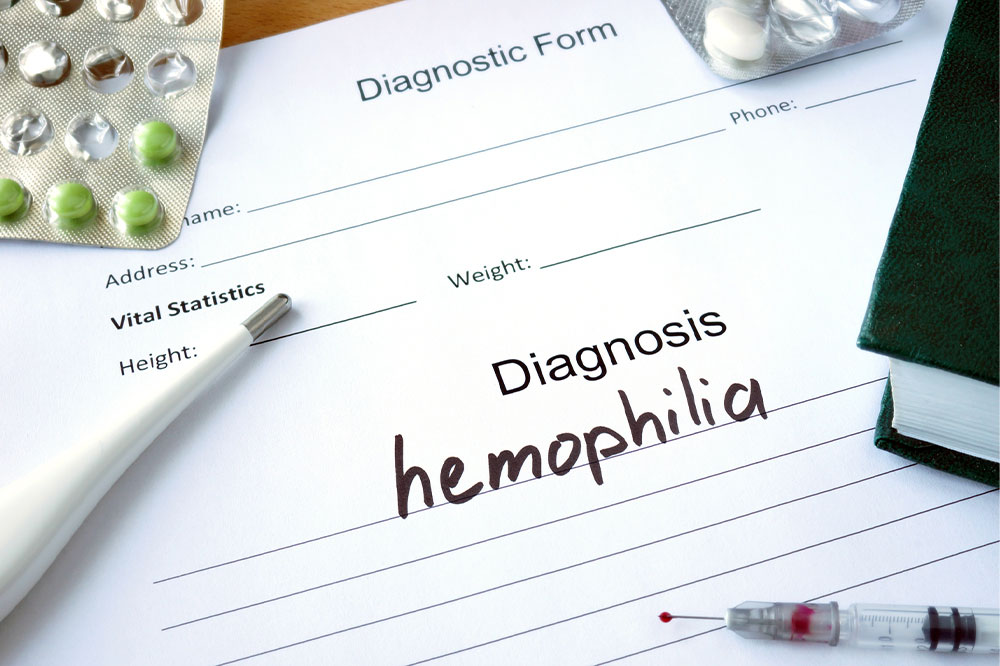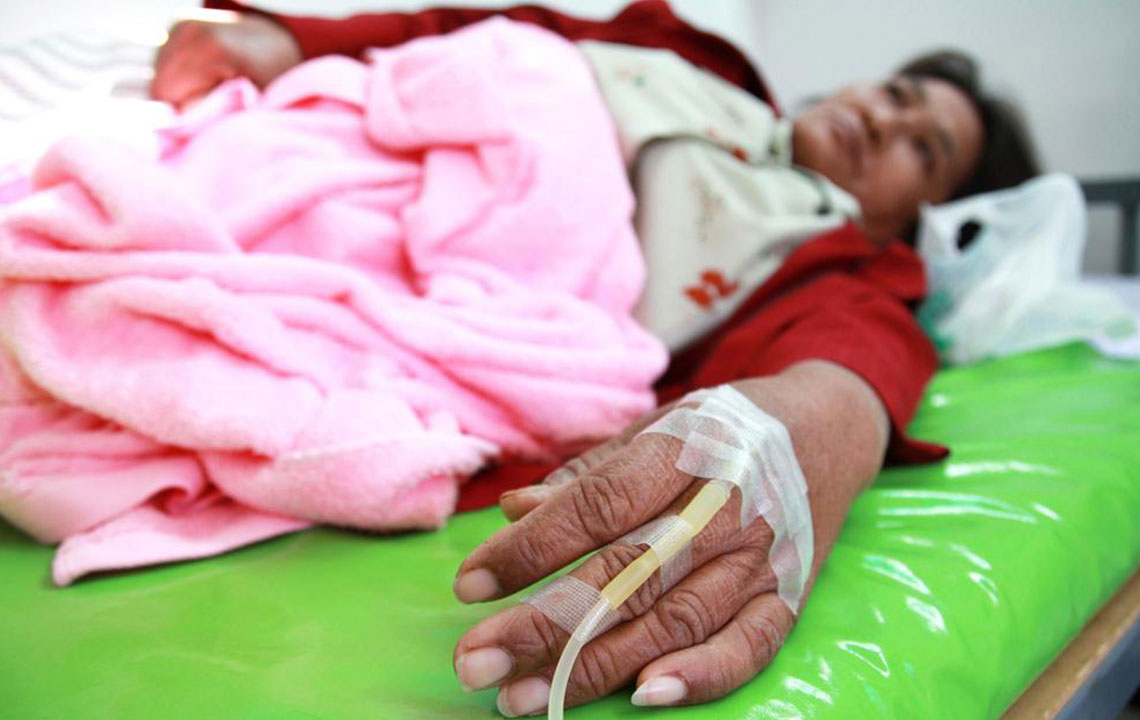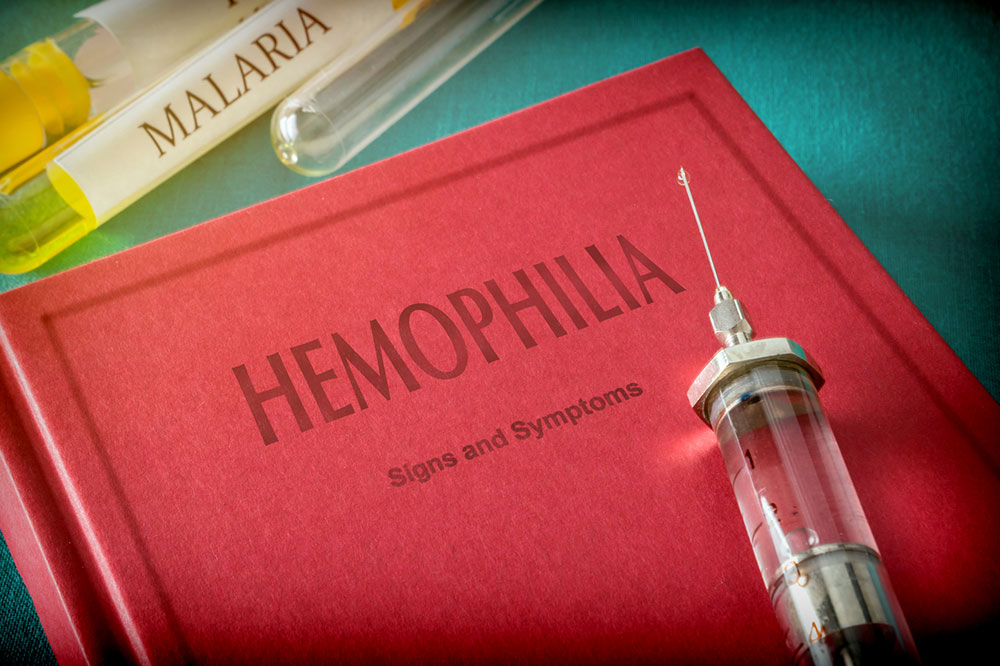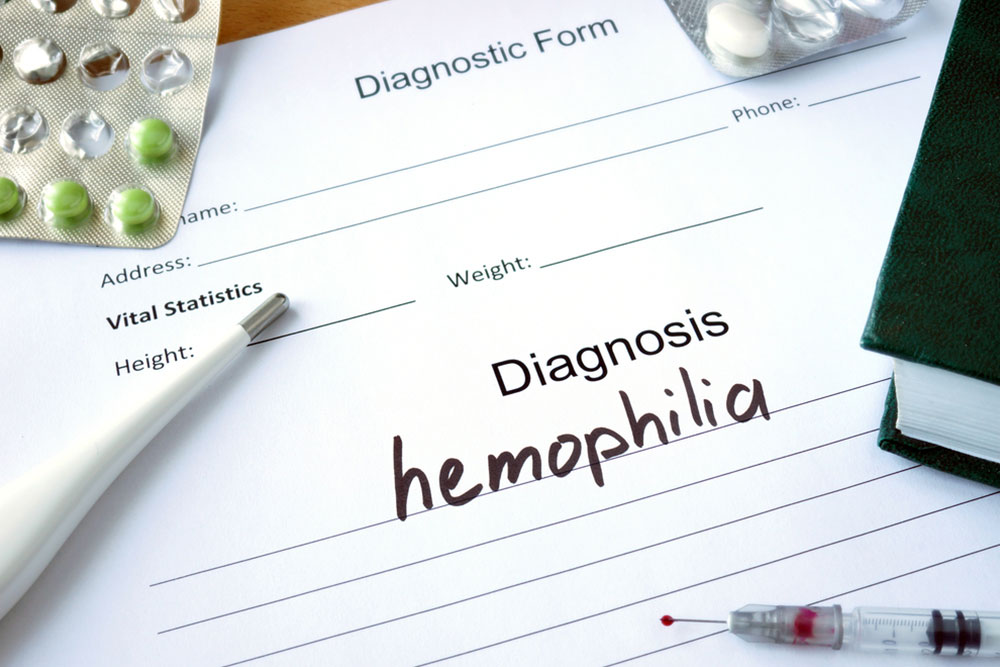Understanding Hemophilia: Symptoms, Types, and Treatment Strategies
Hemophilia is a hereditary bleeding disorder caused by missing clotting factors, leading to excessive bleeding and potential health complications. This guide explains its symptoms, various types, and current treatment options, emphasizing the importance of early diagnosis and management to ensure a healthier future for patients.

Hemophilia is a genetic bleeding disorder characterized by the body's inability to form proper blood clots due to missing or insufficient clotting factors. This condition leads to excessive bleeding, both externally and internally, posing risks of severe complications. People with hemophilia often experience joint swelling, unexplained bruises, prolonged bleeding after injuries, and in rare cases, intracranial hemorrhages that can cause permanent damage. The main types include Hemophilia A, B, C, and acquired forms, each caused by deficiencies in different clotting factors. Treatments focus on replacing missing factors through plasma-derived or recombinant products, with emerging options like gene therapy. Early diagnosis and management are essential to prevent serious health issues and improve quality of life.










